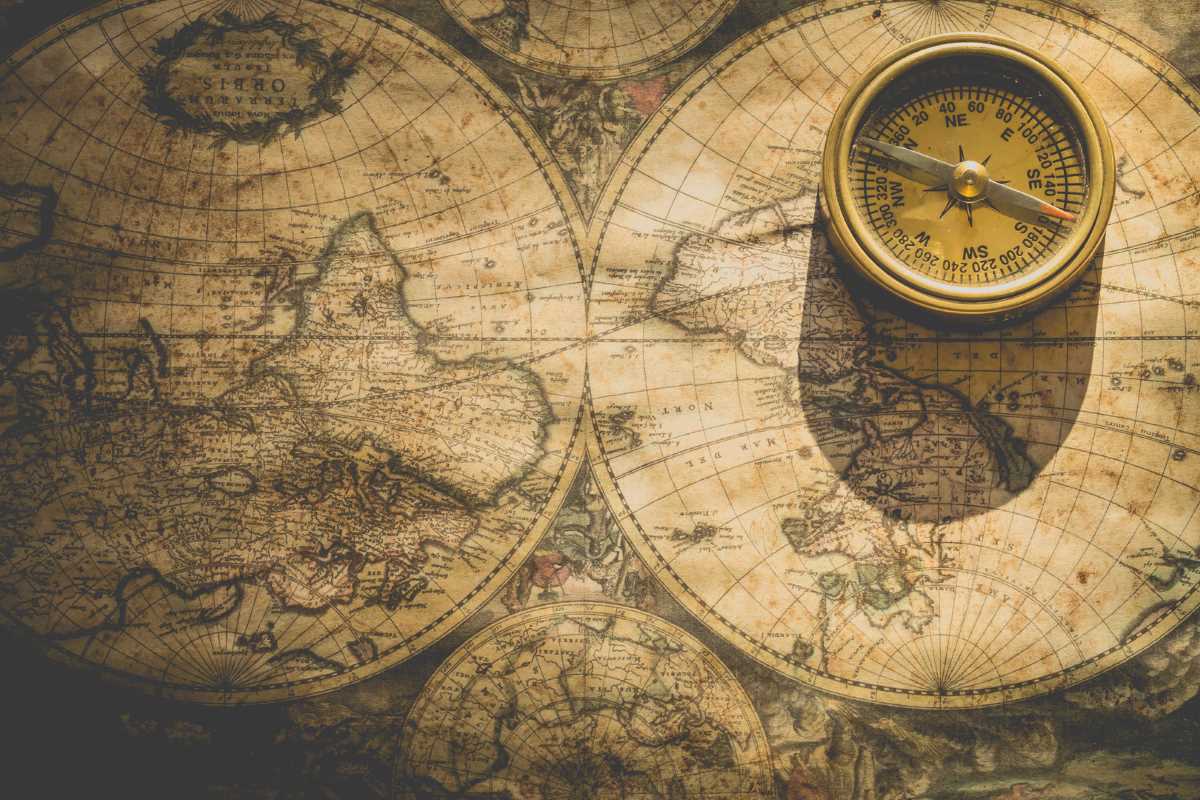From stunning landscapes to awe-inspiring vistas, our earth is a unique beauty in the immensity of space. To explore its beauty and diversity is an exhilarating honor and humbling adventure. To us, the greatest wonders flow from Earth’s beauty, power, and magnificent intricacies. Explore with us some of its unforgettable features with this list of five geography facts that will blow your mind.
1. Mount Everest is Not the Tallest Mountain in the World
Sorry, Mount Everest! Contrary to what most people think, Mt. Everest is not the tallest mountain in the world. While Everest is the highest mountain above sea level at 29,029 feet (8,848 meters), if measured from below sea level, Mauna Kea in Hawaii is actually the tallest. The distance from the bottom of the Pacific Ocean floor to the peak of Mauna Kea is around 33,610 feet (10,000 meters). In short, if you placed Mount Everest and Mauna Kea next to each other on
While we’re at it, Mt. Everest isn’t even the closest part of the Earth to the moon. It is dwarfed by a mountain that you probably haven’t heard of: An Ecuadorian volcano called Chimborazo. While Chimborazo in Ecuador has an altitude of 20,703 feet (6,310 meters), which is less than Everest, Chimborazo sits on top of a bulge in the Earth, making it the closest point of Earth to the moon.
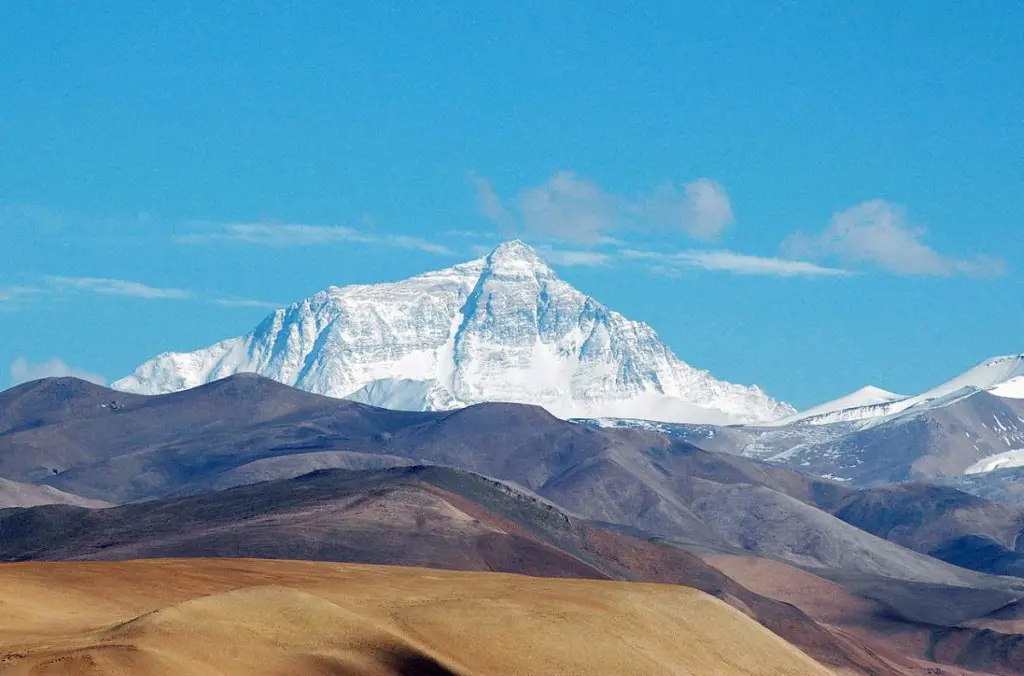
2. Most of the U.S., India, Europe, and China could Fit in Africa
Think Africa is big? Think bigger. Much bigger. While most flat maps show that Greenland is about as big as Africa, the scale is not even close. Africa is a whopping 14 times larger than Greenland.
But it’s not your fault if you underestimated the size of Africa. Flat mats significantly distort the size of countries and continents toward the poles. This means that they tend to underestimate the size of countries close to the equator. In reality, Africa is bigger than China, India, the contiguous U.S., and most of Europe — combined. With an area of 11.67 million square miles (30.22 million square kilometers), Africa is the world’s second-largest continent after Asia.

3. The Continent of Asia has More Surface Area Than the Moon
When you look up at the sky, it’s hard to get a sense of how big the moon really is. At first glance, it appears fairly large, but that is because it is the closest celestial body to the Earth. In reality, the moon is just a bit more than ¼ (27 percent) the size of Earth. To put this in perspective, the moon’s surface area is about 14.6 million square miles (38 million square kilometers) which is less than the total surface area of the largest continent on Earth, Asia, which is 17. 2 million square miles or 44.5 million square km).
Yes, Asia is huge. Knowns as the “rooftop of the world,” Asia holds about 30% or ⅓ of the world’s land, and for every 10 people alive today, 6 of them live in Asia. In just China alone, you could squeeze Greenland in four times over.

4. Minnesota Has More Shoreline than California, Florida, and Hawaii–Combined
With a state nickname like “Land of 10,00 Lakes,” Minnesota is bound to have quite the coastline. Still, even with a plethora or lakes and rivers, how can a state with zero oceanfront property beat out these coastal states famous for their coastlines?
Well, as we mentioned above, Minnesota has LOTS of lakes, streams, and rivers and about 183,325 (295,033 km) miles of shoreline. Plus, there
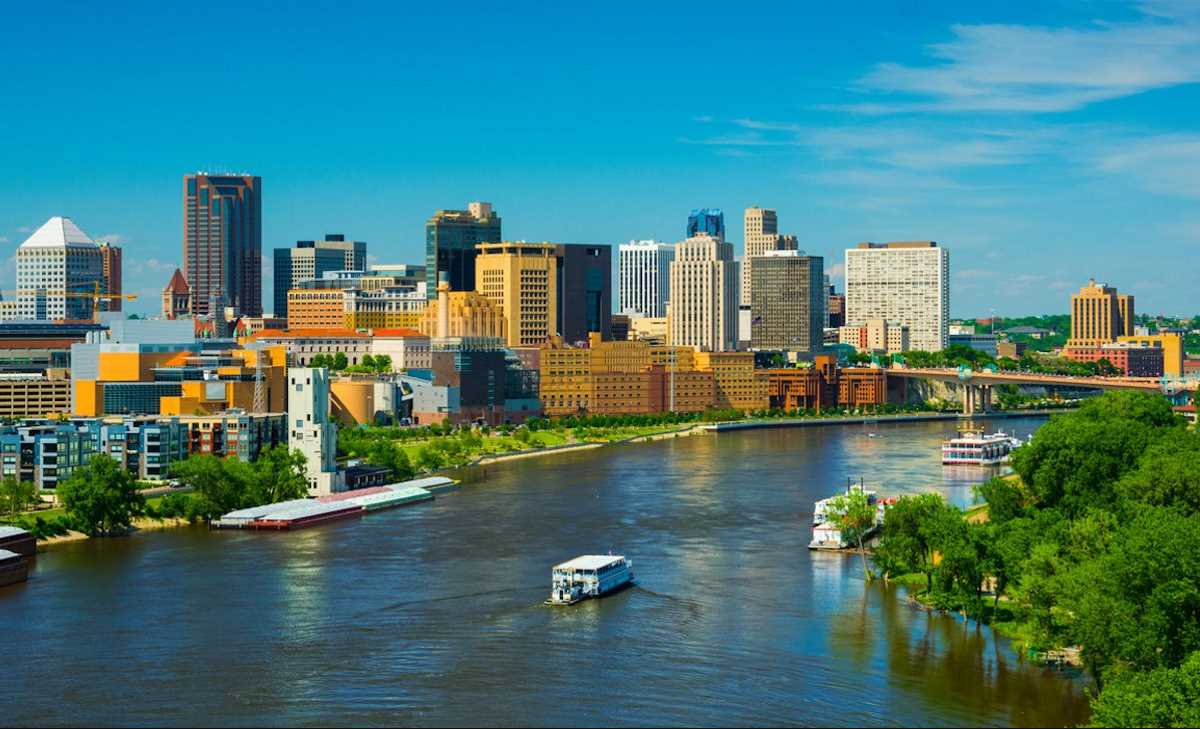
5. If You Drive South in Some Parts of Detroit, Michigan, You’ll End Up in Canada
The United States/Canada border is the longest international border in the world that is shared by two countries, at over 5,500 miles (8851 km) long. With such a long border, you’re bound to find a few quirks along the way. For example, while almost all of Canada is located north of the United States, not all of it is. If you drive south from Detroit, Michigan, you’ll actually enter Canada.
How is this possible? Rivers often act as international borders, and the Detroit River is such an example. The Detroit River is a narrow ribbon of water that joins Lake St. Clair to Lake Erie, but, like most rivers, it curves slightly. This small curvature places Windsor, Canada south of Detroit. So, now you can say that both Mexico and Canada are directly south of the U.S. border.
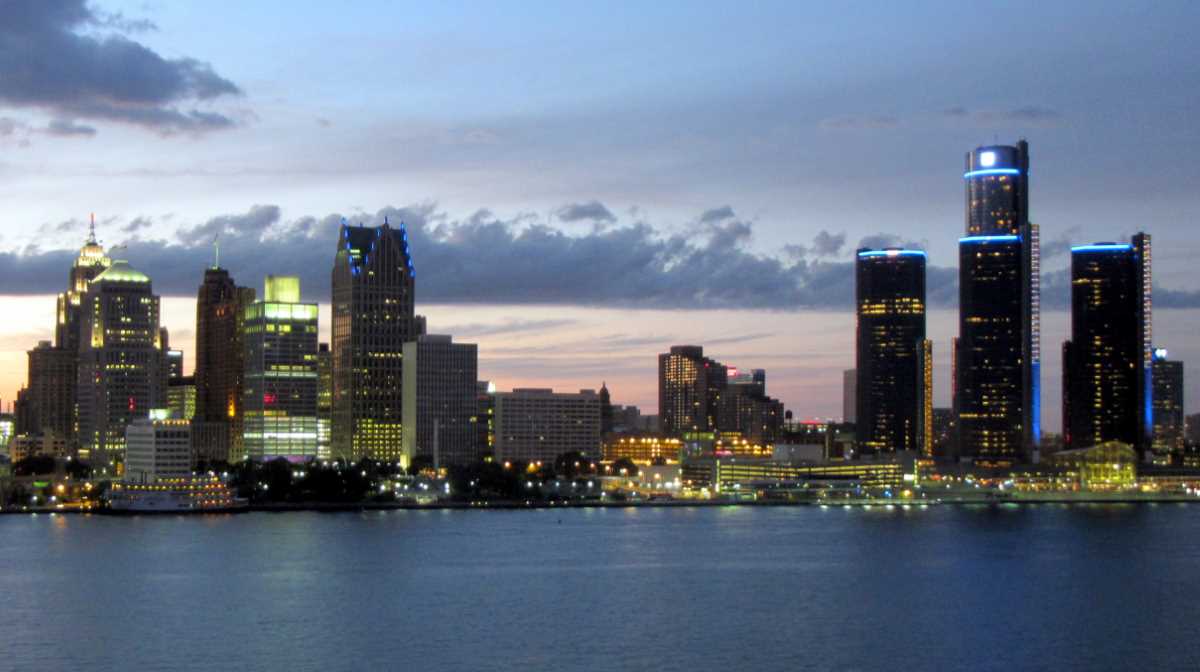
Conclusion
The earth is a wild, weird, and beautiful place filled with wonder and adventure. From crazy borders to continents larger than the moon, the above facts are just a few of the many that will “blow your mind.” But don’t take our word for it. Grab a map, put on your hiking shoes, and go out there and explore.
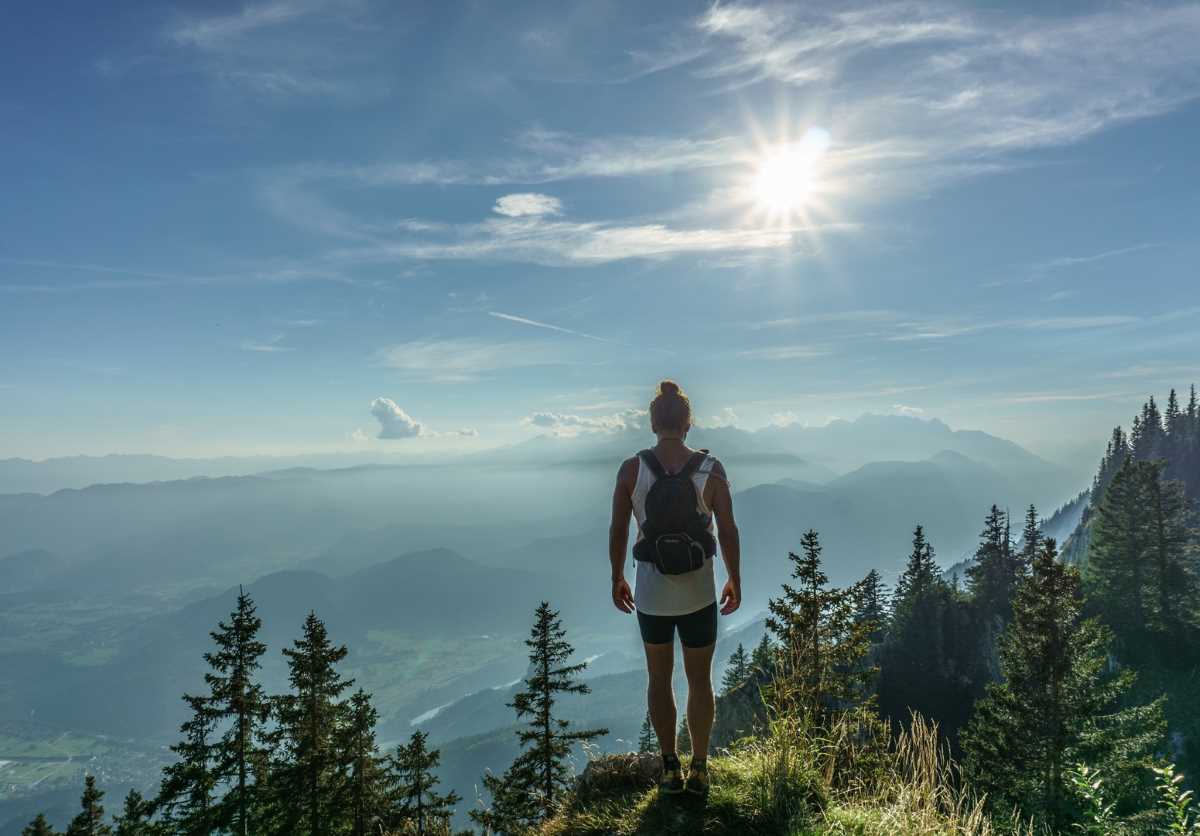
- How Many Elephants are Left in the World in 2025? - August 17, 2025
- Moon Landings: All-Time List [1966-2025] - February 2, 2025
- What Is Max-Q and Why Is It Important During Rocket Launches? - January 16, 2025
